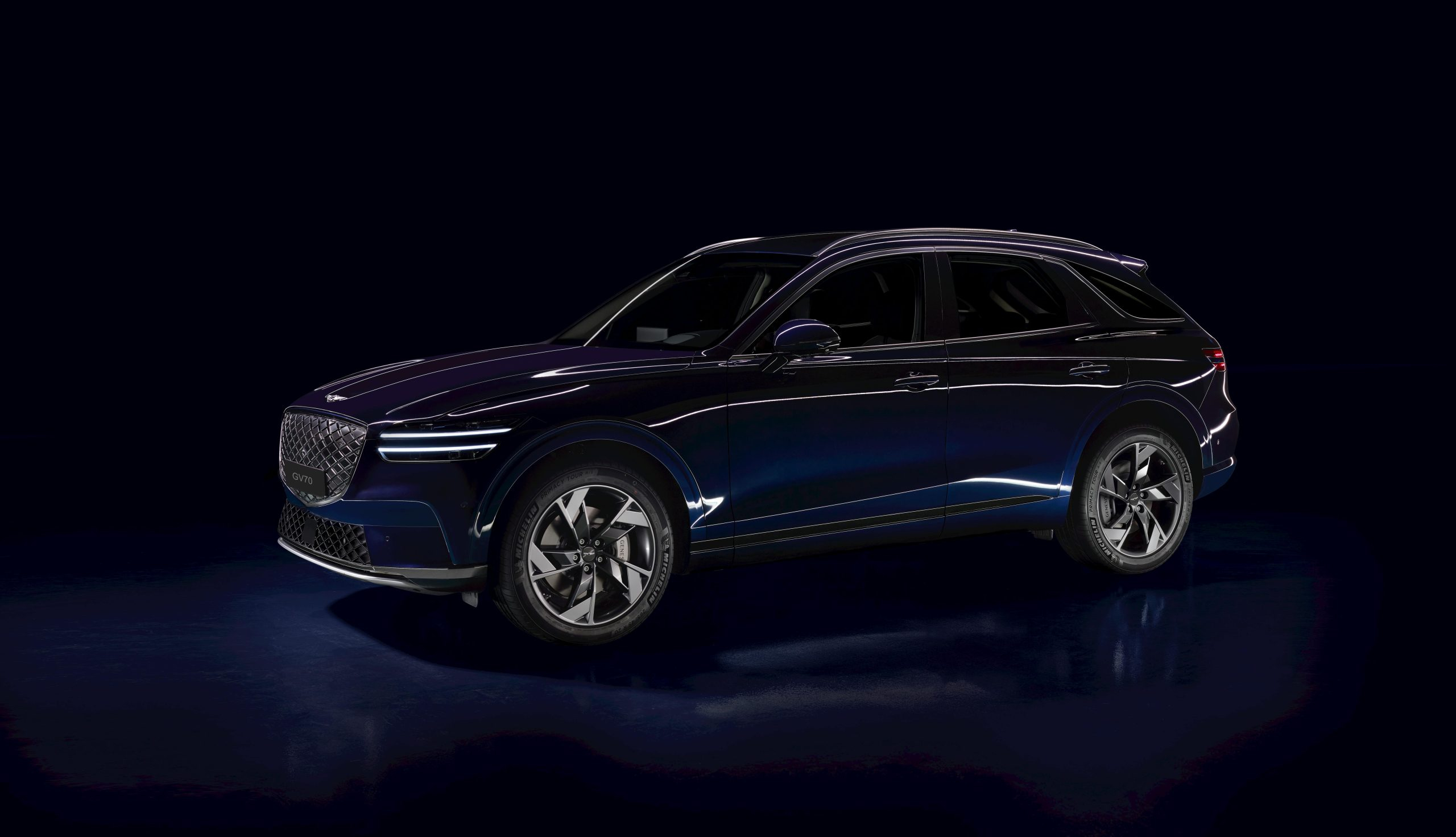The Impact of New Emissions Regulations on Vehicle Design
The automotive industry is constantly evolving, with new technology and regulations driving change in the design and production of vehicles. One major issue that has grabbed the spotlight recently is the impact of emissions regulations on vehicle design. As countries around the world push for stricter emissions standards, automakers are faced with the challenge of developing vehicles that not only meet these requirements, but also remain appealing to consumers. In this article, we will explore the impact of new emissions regulations on vehicle design and the steps that automakers are taking to comply with these regulations while still producing desirable vehicles.
The Push for Stricter Emissions Regulations
In recent years, there has been a growing concern about the impact of vehicle emissions on the environment and human health. As a result, governments and regulatory bodies around the world have implemented stricter emissions standards in an effort to reduce the harmful gases and pollutants emitted by vehicles. These regulations aim to promote the use of cleaner and more efficient technologies, such as electric and hybrid vehicles, and to reduce the overall carbon footprint of the transportation industry.
The Impact on Vehicle Design
With these new emissions regulations in place, automakers are faced with the challenge of designing and producing vehicles that meet these standards. This has led to a major shift in the design and production process, with a greater focus on efficiency and eco-friendliness. This has resulted in the use of new materials and technologies, such as lightweight materials and electric powertrains, to reduce emissions and improve fuel efficiency.
One of the biggest changes we have seen is the rise of electric and hybrid vehicles. These vehicles use electric motors to power the car, reducing or eliminating the need for fossil fuels and therefore greatly reducing emissions. However, designing an electric or hybrid vehicle comes with its own challenges, as manufacturers need to consider factors such as battery size, weight distribution, and charging infrastructure.
The Impact on Consumer Preferences
While these new emissions regulations are undoubtedly beneficial for the environment, they also have a significant impact on consumer preferences. While some car buyers are willing to pay a premium for eco-friendly vehicles, many still prioritize factors such as performance, comfort, and style when making a purchase. As a result, automakers face the challenge of balancing compliance with regulations while still producing vehicles that appeal to consumers.
The Rise of Smaller Engines
One of the ways automakers have been able to comply with emissions regulations while still maintaining consumer demand is by downsizing engines. Smaller engines produce fewer emissions and require less fuel, making them more environmentally friendly and cost-effective to run. However, this trend has not come without challenges, as smaller engines typically have less power and torque, which can impact the overall performance and driveability of the vehicle.
The Future of Vehicle Design
As emissions regulations continue to evolve and become stricter, we can expect to see a continued focus on eco-friendly and efficient vehicle design. This may include further advancements in electric and hybrid technology, as well as the development of alternative fuels like hydrogen or biodiesel. We may also see a shift towards shared and autonomous vehicles, which have the potential to greatly reduce emissions and improve overall efficiency.
The Importance of Collaboration
In order for automakers to successfully comply with emissions regulations and continue producing desirable vehicles, collaboration is key. This includes working together with government agencies, research institutions, and other industries to develop innovative solutions that meet regulatory requirements while also considering consumer preferences.
In conclusion, the impact of new emissions regulations on vehicle design is apparent. As the automotive industry continues to evolve, automakers must prioritize efficiency and environmentally-friendly design in order to comply with these regulations while still producing vehicles that meet consumer demands. Through collaboration and innovation, we can expect to see continued advancements in vehicle design and a future of cleaner, more sustainable transportation.







